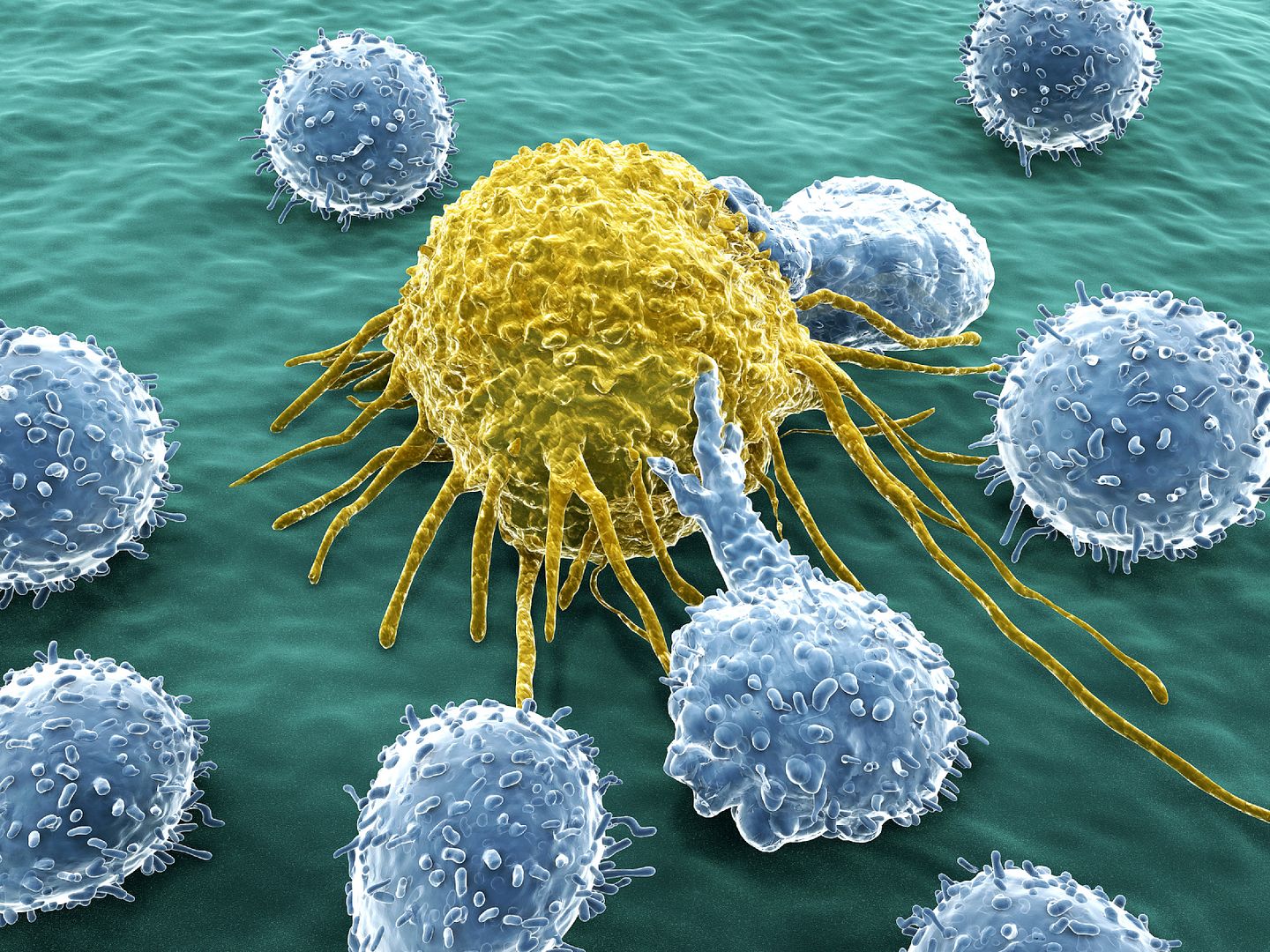
Over the years I’ve found that sometimes that best way to understand the word’s of Srila Prabhupada is to have a practical experience that brings the simplicity of Krishna Consciousness home; making you appreciate the wealth of knowledge and the ability to put things into place.
So here goes.
Two days after my previous months visit to the Manor I was asked to put up a shower curtain & rail as they had knocked it down and were unable to put it back up themselves. Not a problem; however I had removed my shoes (this being one of a few client’s who upon entering their home I remove my shoes). Standing up on the bath to put the shower rail up I took a rather nasty tumble, yes socks and baths don’t go well.
It didn’t take long before the bruising came out and the whole left leg became an interesting shade and somewhat uncomfortable; it would be easy to feel down and despondent; however I was reminded of the words from Srila Prabhupada “if we cut our finger then the devotee understands that their karma should have been they lost the finger and see the cut as Krishna’s mercy.
Reflecting on the fall it should have been a lot worse, indeed it was definitely Sri Krishna’s mercy as without a shadow of a doubt several bone’s should have been broken. Looking at the bruising I could see how even though their was some adversity when you look at it in the light of the teaching’s from Srila Prabhupada the temporary nature and realization that thing’s could have been much worse makes the whole event appear much more trivial, indeed a great positive out of what could have been very negative.
I’m also reminded that Srila Prabhupada always reminded us of the need to put devotional life first, it’s easy to be sidetracked given how much material nature has to offer. So the other week I had an unexpected day off, the following day I was due to take my monthly trip to the temple so what to do?
As the opportunity was their to go early I decided best to take this up and enjoy an extra day with some amazing devotees; their was as always plenty to do along with the opportunity for association and also seeing the latest production by the Bhaktivadanta Players which was amazing.
On my return I was informed that several cars had been written off it happened on the night I had decided to visit the temple; if I hadn’t gone guess were my car would have been Yes right in the path.
Putting service first and taking the opportunity to have some amazing devotional service was indeed a wise move; reminding me that I should never dismiss or refuse the opportunity when it comes.
I was also reminded that Sri Krishna provides us with our needs not necessarily our wants and that humbleness means were happy with this simplicity; the car which I rely on is not the greatest but it meets the need and thankfully passed the MOT so all being well will be able to continue to whisk me from Wales to the temple in London each month.
But most of all it made me grateful for the knowledge Srila Prabhupada has given us all, it answers and solves the many problems and difficulties we face in material life; even though it may take many many years and lots of different experiences before we realize it.






 By ISKCON Desire Tree
By ISKCON Desire Tree




 By Giriraj Swami
By Giriraj Swami

 By Ash Elder
By Ash Elder












 By Haresh Govinda Das
By Haresh Govinda Das




